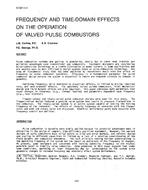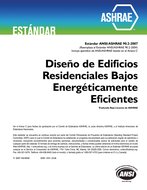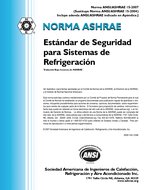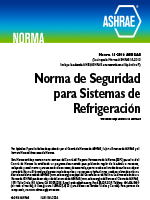Description
Pulse combustion systems are gaining in popularity, mostly due to their heat transfer and pollution advantages over conventional gas combustors. Equipment designers are considering pulse-combustion technology as a viable alternative to power burners in some applications and are seeking ways to more efficiently design systems based on pulse-combustion technology. One area of fundamental study that has been neglected by researchers deals with the effect of frequency on pulse combustor operation. Frequency is a fundamental parameter for pulse combustor design because the system is acoustical in nature and responds strongly to changes in geometry.
Operating frequency, while dominated by acoustical effects, is limited by mixing, reaction rate, and heat-transfer effects. For passively valved pulsed combustors, inlet mechanical design and fluid dynamic effects are also important. This paper addresses both parameters that cause changes in frequency (e.g., thermal loading) and parameters dependent upon frequency (e.g., heat transfer).
Flapper-valved and rotary-valved pulse combustor designs were used for this study. The flapper-valvedd esign features a passive valve system that reacts to pressure fluctuationsi n the combustor. The rotary-valved system is an active system capable of setting the forcing frequency of the combustor. The effects of changing frequency on operation with the flapper valve and with the rotary valve are discussed. Potential performance gains made possible with frequency control are outlined.
Units: Dual
Citation: Symposium, ASHRAE Transactions, 1987, vol. 93, pt. 2, Nashville, TN
Product Details
- Published:
- 1987
- Number of Pages:
- 14
- File Size:
- 1 file , 1000 KB
- Product Code(s):
- D-NT-87-14-4




